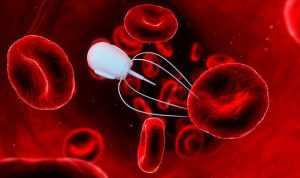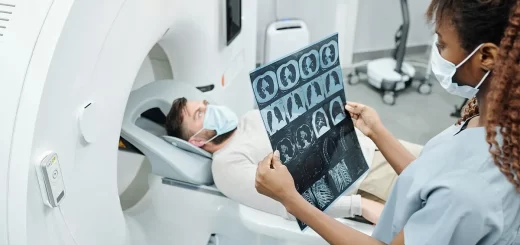The importance and uses of nanotechnology in medicine
Nanomedicine is the medical application of nanotechnology, It ranges from the medical applications of nanomaterials to nanoelectronic biosensors, and applications of molecular, It is reserving and improving the human health by using molecular tools and molecular knowledge of the human body.
Nanotechnology in medicine
Nanomedicine involves the use of nanoparticles in the surgical and medical treatment of patients, and it is used for the treatment of diseases in living organisms, Nanotechnology involves manipulating properties and structures at the nanoscale, It often involves dimensions that are just tiny fractions of the width of a human hair.
Nanotechnology is already used in products such as cosmetics and sunscreens, the nanoscale materials in cosmetic products provide greater clarity or coverage, cleansing, and absorption.
Nanoscale materials are used in antioxidant, anti-microbial, and other health properties in the sunscreens, the cleansers, the complexion the treatments, the creams and lotions, the shampoos, and specialized makeup.
Nanotechnology is used in cancer that can lead to breakthroughs in terms of detecting, diagnosing and treating various forms of cancer, Medical nanotechnology tools are more personalized, portable, cheaper, safer and easier to administer.
Nanotechnology will aid in the formation of molecular systems that may be strikingly similar to living systems, These molecular structures could be the basis for the regeneration or replacement of body parts that are currently lost to infection, accident, or disease.
Nanotechnology has been used in the early diagnosis of atherosclerosis, or the buildup of plaque in arteries and gold nanoparticles can be used to detect early-stage Alzheimer’s disease.
Quantum dots are semiconducting nanocrystals that can enhance biological imaging for medical diagnostics when they are illuminated with ultraviolet light, they emit a wide spectrum of bright colors that can be used to locate and identify specific kinds of cells and biological activities.
These crystals offer optical detection up to 1,000 times better than conventional dyes used in many biological tests, such as MRIs, and render significantly more information.
Nanotechnology is used in the multifunctional therapeutics where a nanoparticle serves as a platform to facilitate its specific targeting to the cancer cells and delivery of a potent treatment, They minimize the risk to normal tissues.
The research is underway to use nanotechnology to spur the growth of nerve cells such as in damaged spinal cord or brain cells, Nanotechnology in medicine will benefit those that suffer from heart disease, respiratory problems, and diabetes in the future.
Nanotechnology in medicine will be used to help in fertility-issues, brain issues or malfunctions and even the reparation of senses.




